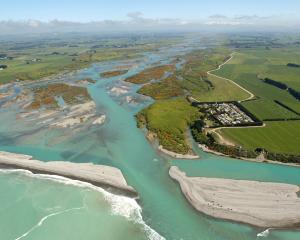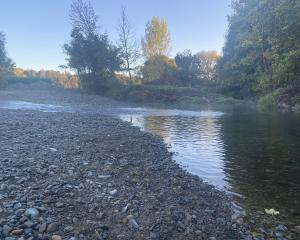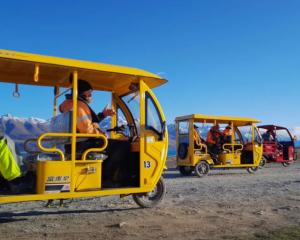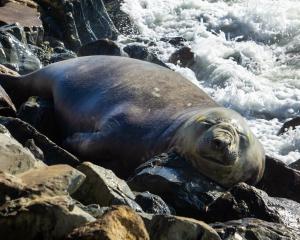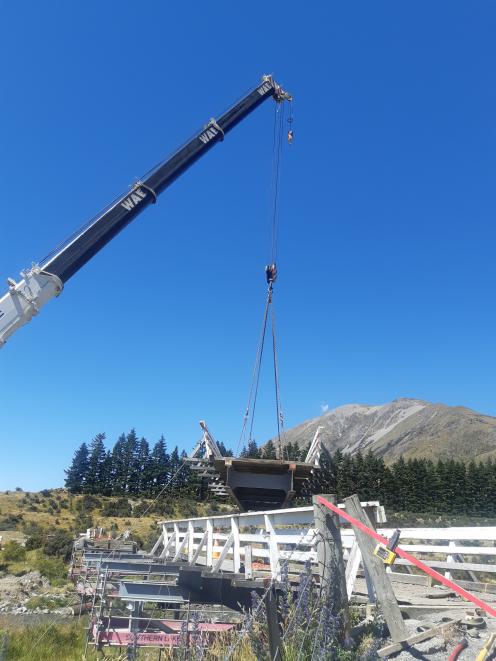
In January the council began strengthening two bridges near Lake Ohau.
Waitaki District Council roading manager Mike Harrison said the road needed an upgrade, but the native lizards needed to be removed before work started.
The bridges crossed Maintland Stream and Temple Stream, areas lizards were known to inhabit.
With consent from the Department of Conservation, herpetologist Dr Mandy Tocher identified and removed three species of native lizards — the Southern Alps gecko, McCann’s skink, and the at risk-declining Canterbury grass skink.
"Finding three lizards in good numbers ... that’s quite amazing," Dr Tocher said.
"It’s pretty rough piece of country around the bridges."
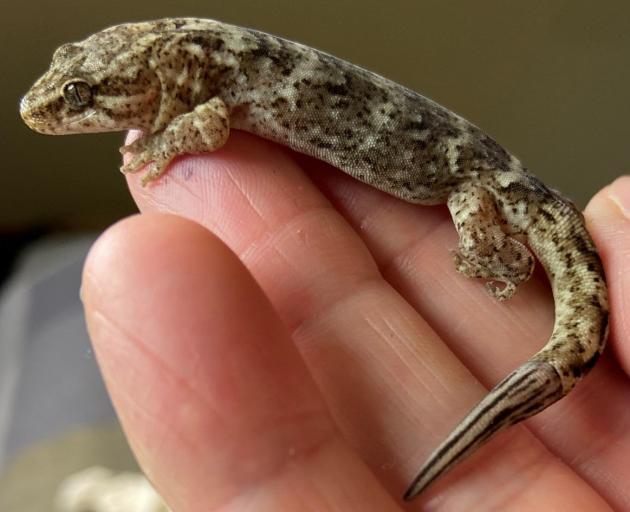
The whole endeavour was prompted by Environment Canterbury, which asked for a lizard management plan to be established before granting consent for the construction.
The plan included a survey of the area, determining what lizards were there and what their habitat was, quantified how many lizards would be affected, and coming up with actions to balance the equation.
These balances included January’s "lizard rescue" and an upcoming rehabilitation of the site.
"When the project is finished the lizards are better off, or at least the same [as] when the work started," Dr Tocher said.
When construction ceases in two to three weeks the area will be made lizard-friendly.
Along with the contractors and council, Dr Tocher will assist in placing suitable stones, planting native vegetation that will produce berries and attract insects, and fencing off the area to deter grazing livestock.
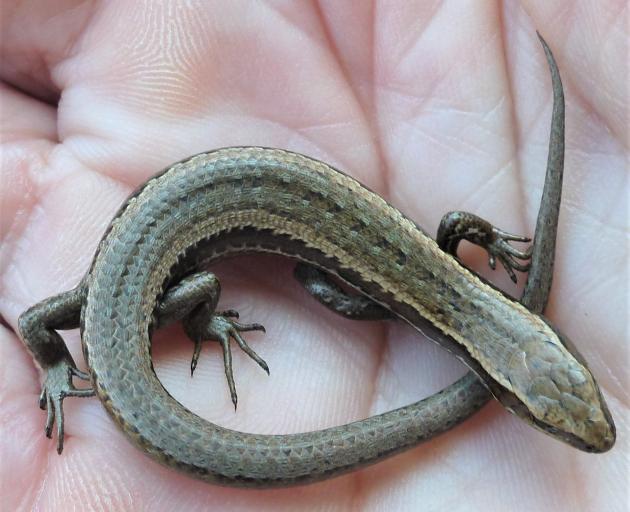
Dr Tocher said "wastelands" such as a gorse-infected river beds or pine plantations, were often overlooked during development projects but were often environment lizards loved to be in.
"Every time a project like this is done and the lizards are not looked after, the populations just dwindle ever so slightly and it’s accumulative — they don’t come back."
Mr Harrison said wildlife was something the council was cautious of .
"There’s always those things we need to look [out for], it’s part of our process.
"It was exciting for the team ... every time you learn something new."
Dr Tocher will monitor the area in future, determining whether the lizards have returned or if more can be done to assist the population.






